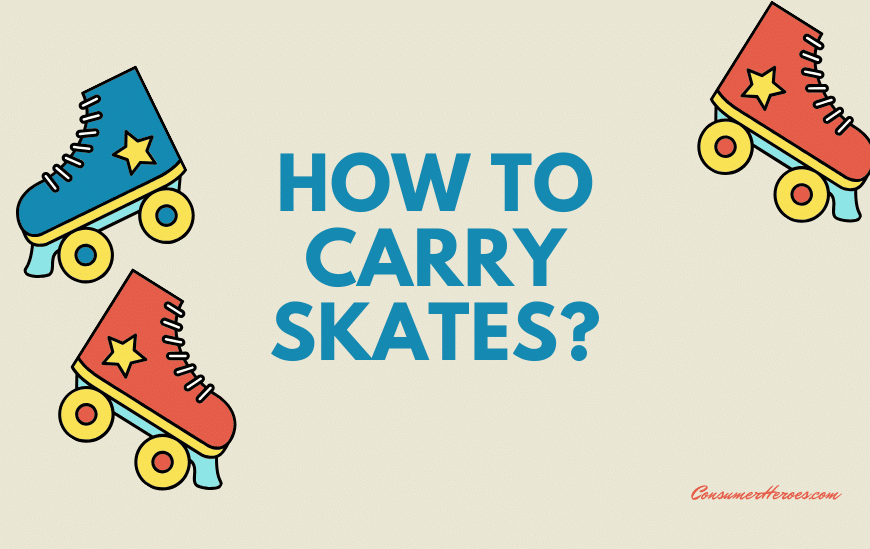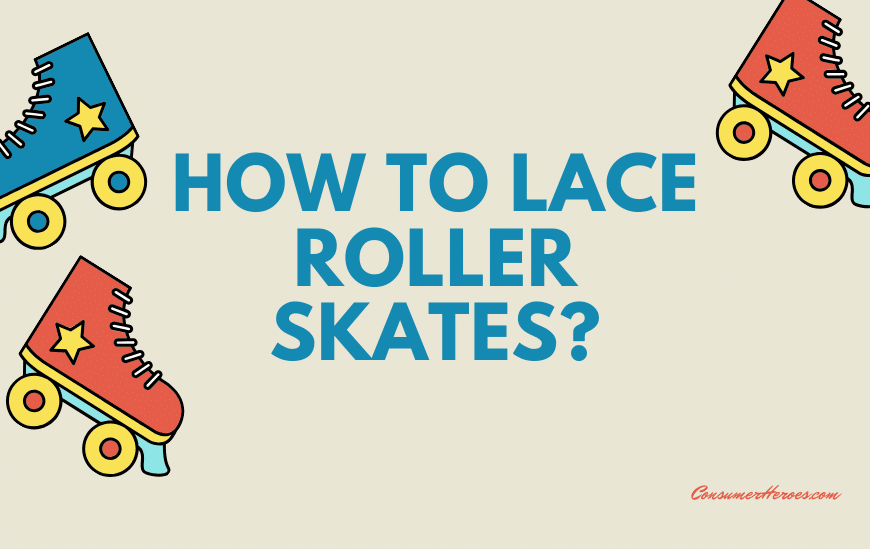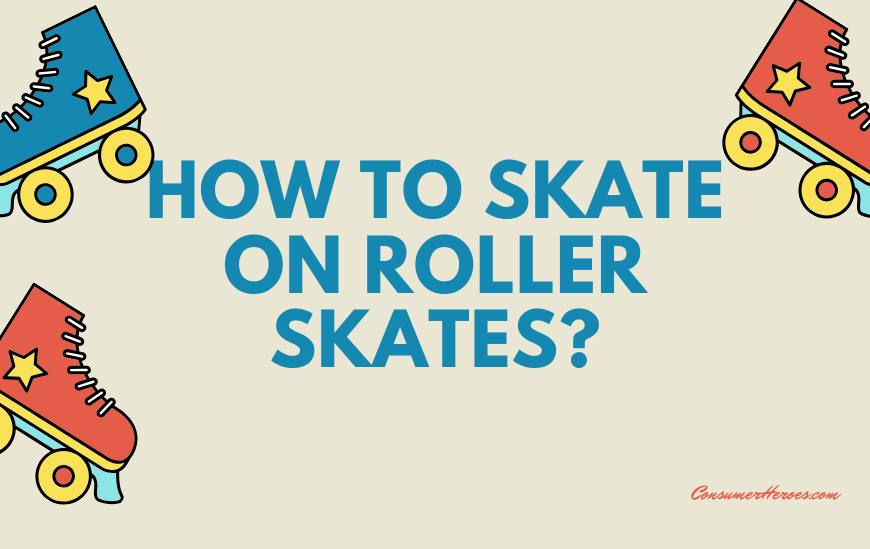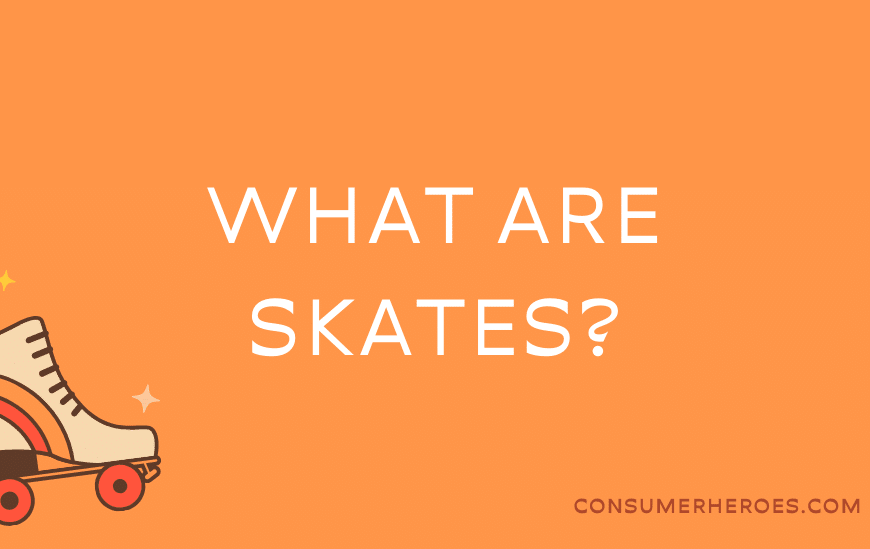Roller skating is a fun activity that many people enjoy, but it can also be dangerous if proper safety precautions are not taken. One of the most important skills to master when roller skating is how to stop safely and effectively. Without this skill, skaters risk colliding with other people or objects, falling, and injuring themselves.
There are several different methods for stopping on roller skates, each with its own advantages and disadvantages. Some skaters prefer to use their toe stop, while others prefer to use the T-stop or the plow stop. It is important for skaters to practice each method and find the one that works best for them. With practice and patience, anyone can learn how to stop on roller skates safely and confidently.
Understanding Roller Skates
Roller skates are a type of footwear with wheels attached to the bottom. They are designed to provide a smooth ride and allow the user to move quickly and easily. Roller skates come in various styles, including quad skates, inline skates, and speed skates.
Quad skates are the most traditional type of roller skates and have four wheels arranged in a square pattern. Inline skates, also known as rollerblades, have a single line of wheels down the center of the skate. Speed skates are designed for racing and have a low-cut boot and larger wheels for increased speed.
Roller skates are commonly used for recreational activities, such as roller skating rinks, parks, and trails. They can also be used for sports, including roller derby, hockey, and speed skating.
When using roller skates, it is important to wear protective gear, such as a helmet, knee pads, and wrist guards. This can help prevent injuries from falls and collisions.
Overall, understanding the different types of roller skates and their uses can help individuals choose the best skates for their needs and enjoy a safe and fun roller skating experience.
Basics of Stopping Techniques
Stopping is an essential skill for roller skaters of all levels. In this section, we will discuss the three basic stopping techniques that every skater should learn: the T-Stop, Plow Stop, and Toe Stop.
T-Stop
The T-Stop is a popular stopping technique that involves dragging one foot perpendicular to the other foot, forming a “T” shape. To execute a T-Stop, follow these steps:
- Skate forward with your feet shoulder-width apart.
- Bend your knees and shift your weight to your dominant foot.
- Turn your non-dominant foot 90 degrees and place it behind your dominant foot.
- Drag your non-dominant foot behind your dominant foot, creating a “T” shape.
- Apply pressure to the dragging foot to slow down or stop.
The T-Stop is a useful technique for slowing down or coming to a complete stop. It is best suited for beginner and intermediate skaters.
Plow Stop
The Plow Stop is a more advanced stopping technique that involves using your edges to create a wedge shape. To execute a Plow Stop, follow these steps:
- Skate forward with your feet shoulder-width apart.
- Bend your knees and shift your weight to your dominant foot.
- Turn your toes inward and point your heels outward, forming a “V” shape.
- Apply pressure to the edges of your skates to slow down or stop.
The Plow Stop is an effective technique for slowing down or stopping quickly. It is best suited for intermediate and advanced skaters.
Toe Stop
The Toe Stop is a stopping technique that involves using the rubber stopper on the front of your skates. To execute a Toe Stop, follow these steps:
- Skate forward with your feet shoulder-width apart.
- Lift your dominant foot and place the toe stopper on the ground.
- Apply pressure to the toe stopper to slow down or stop.
The Toe Stop is a useful technique for slowing down or stopping quickly. It is best suited for intermediate and advanced skaters.
In conclusion, mastering the basic stopping techniques is essential for safe and enjoyable roller skating. Skaters should practice these techniques regularly to improve their skills and build confidence on the rink.
Safety Precautions While Stopping
Stopping while roller skating is an essential skill to master. However, it can be dangerous if not done correctly. Here are some safety precautions to keep in mind while stopping on roller skates:
Wear Protective Gear
Before attempting to stop, it is crucial to wear protective gear such as a helmet, wrist guards, elbow pads, and knee pads. This gear can protect the skater from injuries in case of a fall.
Choose a Safe Area
It is important to choose a safe area to practice stopping. A flat and smooth surface with no obstacles is ideal. Avoid busy areas or crowded places where there is a risk of colliding with other skaters.
Start Slowly
It is best to start slowly and gradually increase speed once the skater becomes comfortable with the stopping technique. This can help the skater gain confidence and avoid accidents.
Use the Correct Technique
There are several techniques for stopping on roller skates, such as the T-stop, plow stop, and power slide. The skater should choose the technique that they are most comfortable with and practice it until they can stop smoothly and safely.
Be Aware of Surroundings
The skater should always be aware of their surroundings and keep an eye out for obstacles such as potholes, rocks, or other skaters. They should also avoid stopping suddenly in front of others to prevent collisions.
By following these safety precautions, a skater can stop safely and avoid injuries while roller skating.
Common Mistakes and How to Avoid Them
Learning how to stop on roller skates can be a challenging task, but with the right technique and practice, anyone can master it. However, many beginners make some common mistakes that can lead to falls and injuries. In this section, we will discuss these mistakes and how to avoid them.
Mistake 1: Leaning Backward
One of the most common mistakes beginners make is leaning backward while trying to stop on roller skates. This can cause them to lose balance and fall backward, leading to injuries. To avoid this mistake, skaters should keep their weight over their toes and avoid leaning backward.
Mistake 2: Using Only One Foot
Another mistake beginners make is using only one foot to stop. This can cause them to lose control and fall. To avoid this mistake, skaters should use both feet to stop. The most common technique is the “T-Stop,” where one foot is placed perpendicular to the other foot, and pressure is applied to the wheels to slow down and stop.
Mistake 3: Not Practicing Enough
Many beginners make the mistake of not practicing enough. Stopping on roller skates requires a lot of practice and repetition to master. Skaters should practice stopping in a safe and controlled environment until they feel comfortable and confident.
Mistake 4: Not Wearing Protective Gear
Finally, many beginners make the mistake of not wearing protective gear while learning how to stop on roller skates. Protective gear, such as helmets, knee pads, and wrist guards, can help prevent injuries in case of falls. Skaters should always wear protective gear while learning and practicing new skills.
By avoiding these common mistakes and practicing regularly, anyone can learn how to stop on roller skates safely and confidently.
Maintenance of Roller Skates for Optimal Stopping
To ensure optimal stopping on roller skates, it is important to maintain them properly. Here are some tips on how to maintain your roller skates:
Keep the Wheels Clean
Dirt and debris can accumulate on the wheels, causing them to slow down and affect your stopping ability. To prevent this, wipe down the wheels after each use with a damp cloth. If there is stubborn dirt, use a soft brush to scrub the wheels gently.
Check the Bearings
The bearings are an important component of the roller skates that help them roll smoothly. Check the bearings regularly and replace them if they are worn out or damaged. You can also clean and lubricate the bearings to keep them in good condition.
Tighten the Axles
The axles connect the wheels to the frame of the roller skates. If they are loose, the wheels can wobble and affect your stopping ability. Check the axles regularly and tighten them if necessary.
Replace Worn Out Parts
Over time, the parts of the roller skates can wear out and affect their performance. Check the wheels, bearings, and other components regularly and replace them if they are worn out or damaged.
By following these maintenance tips, you can ensure that your roller skates are in top condition and that you can stop safely and effectively.
Conclusion
In conclusion, stopping on roller skates is an essential skill that every skater should learn. It is not only necessary for safety but also helps in improving skating techniques. With the right equipment and practice, anyone can master the art of stopping on roller skates.
Skaters should always wear protective gear such as helmets, knee pads, and wrist guards to avoid injuries. They should also ensure that their skates are in good condition and fit properly. Regular maintenance of the skates is necessary to ensure that they work correctly.
The T-Stop and the Plow Stop are the two most common methods of stopping on roller skates. Skaters should choose the method that works best for them and practice regularly to perfect their technique. They should also be aware of the terrain they are skating on and adjust their speed accordingly.
Overall, stopping on roller skates is a skill that requires patience, practice, and dedication. With the right mindset and attitude, anyone can learn to stop on roller skates and enjoy the thrill of skating safely.







